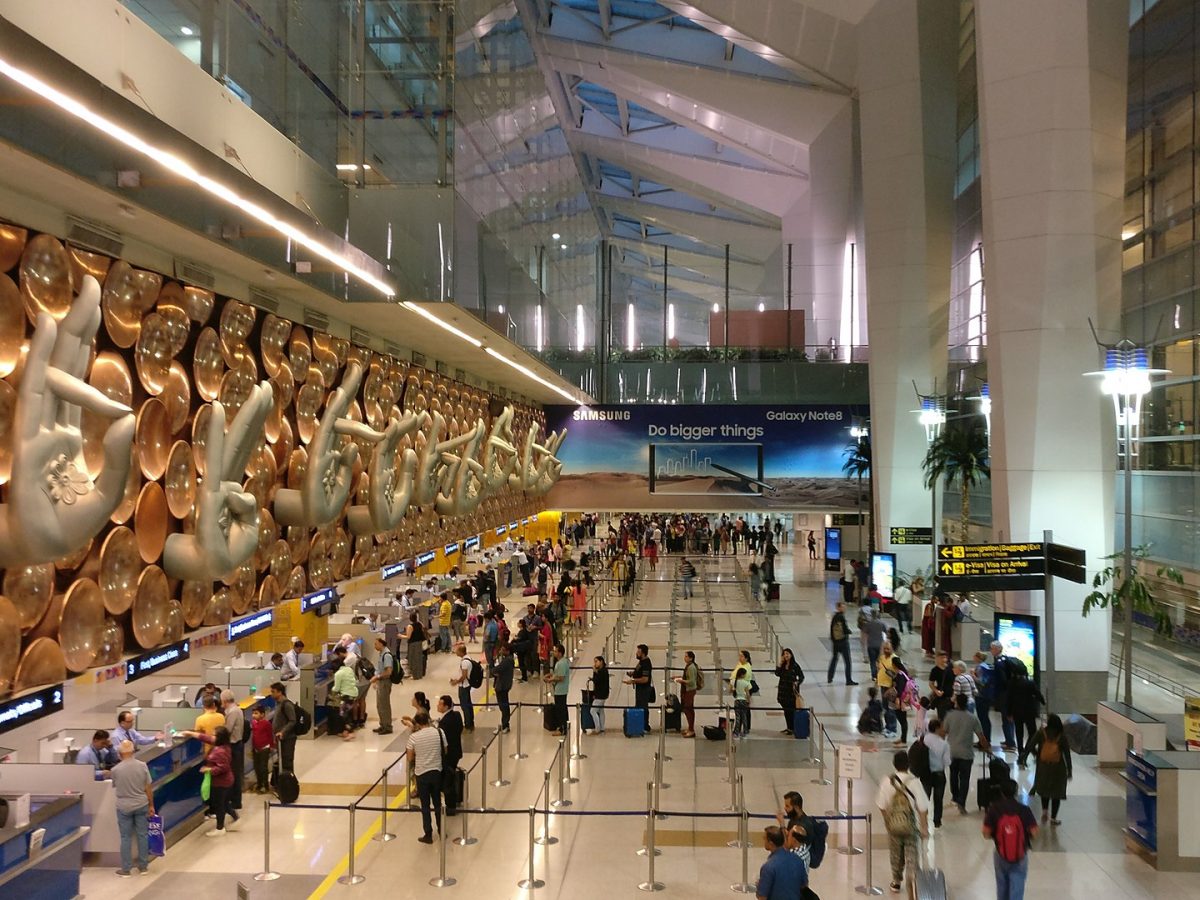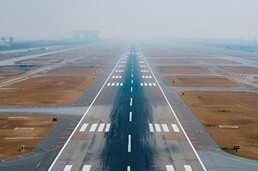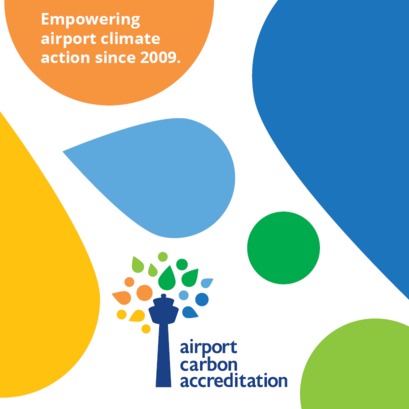
GMR-led DIAL to Refurbish Terminal 2 to Make it Future-ready
- 2025-01-10
- Refurbished T2 will have new passenger boarding bridges
- Aerobridges will have autonomous docking technology, the first-of-its-kind in India
- Modern ceilings and skylight designs for a more appealing environment
- Advanced flooring, and better road connectivity for passengers’ convenience

Delhi Airport's Terminal 2, originally constructed 40 years ago by the Airports Authority of India (AAI), is set to undergo a comprehensive refurbishment, spearheaded by GMR Airports Limited-led Delhi International Airport Limited (DIAL).
The decades-old terminal will undergo significant upgrades aimed at elevating the passenger experience and increasing the airport’s capacity to meet future growth demands. The refurbishment will modernize key areas of the terminal and surrounding infrastructure, ensuring that T2 remains a top-tier facility in the global aviation landscape, capable of accommodating the evolving needs of passengers and supporting the airport’s continued growth.
The refurbishment of Terminal 2 is part of DIAL’s commitment to creating a world-class hub for travelers across India and Southeast Asia. The terminal and its associated apron have been serving passengers for over four decades, and with the rapid increase in air traffic, major upgrades are essential.
The enhancements will help accommodate the anticipated surge in domestic passenger numbers, with DIAL projecting that it will reach its maximum passenger capacity by FY 2025-26.
Key Highlights of the Refurbishment Plan:
1. Passenger Boarding Bridges (PBB) Upgrades:
- DIAL will procure six state-of-the-art Passenger Boarding Bridges (PBBs) from South Korea, incorporating advanced features such as:
- Elevated ramps to assist wheelchair passengers.
- Adjusted cabins for a seamless passenger experience.
- Autonomous docking technology (first time in India).
- Side-covering cushions for enhanced safety and aesthetics.
- Swing doors for operator safety and a better aesthetic appeal.
2. Mechanical & Electrical Improvements:
- New HVAC systems will ensure optimal air quality and comfort for passengers.
- Advanced fire safety systems will enhance security throughout the terminal.
3. Civil & Infrastructure Improvements:
- The terminal’s aesthetics will be upgraded with modern ceilings and Smart washrooms, advanced flooring, and better road connectivity will improve passenger convenience.
- Canopies at the forecourt will ensure a dry, comfortable experience for passengers, especially during the monsoon
4. Flight Information Display System (FIDS) and Signages:
- New, high-resolution FIDS will provide real-time flight information with greater accuracy.
- Specially designed signages will facilitate clear communication, including accessibility for Persons with Reduced Mobility (PRM).
5. Airside and Apron Refurbishment:
- With over four decades of service, the airside and apron areas will undergo major refurbishments to ensure smooth operations and accommodate increased traffic.
“The refurbishment of the four-decade-old Terminal 2 is the need of the hour. We, at DIAL, are committed to enhancing the overall passenger experience by upgrading key infrastructure, improving operational efficiency, and elevating passenger comfort. With the terminal's projected passenger capacity expected to reach its peak by FY 2025-26, these enhancements will be crucial in supporting the growing demand for air travel, particularly for domestic passengers. This initiative is a key part of DIAL’s long-term strategy to establish Delhi Airport as a leading hub for both domestic and international travelers,” said the CEO of DIAL, Mr. Videh Kumar Jaipuriar.
The refurbishment works are set to commence in the new fiscal year (FY 2025-26), with an expected completion date in Q2 of FY 2025-26. Terminal 2 will undergo a temporary shutdown for approximately 4 to
6 months to complete these improvements. The temporary closure of Terminal 2 is expected to cause minimal disruption to operations, as the newly developed Terminal 1 will absorb the additional load, ensuring continued service to passengers.







